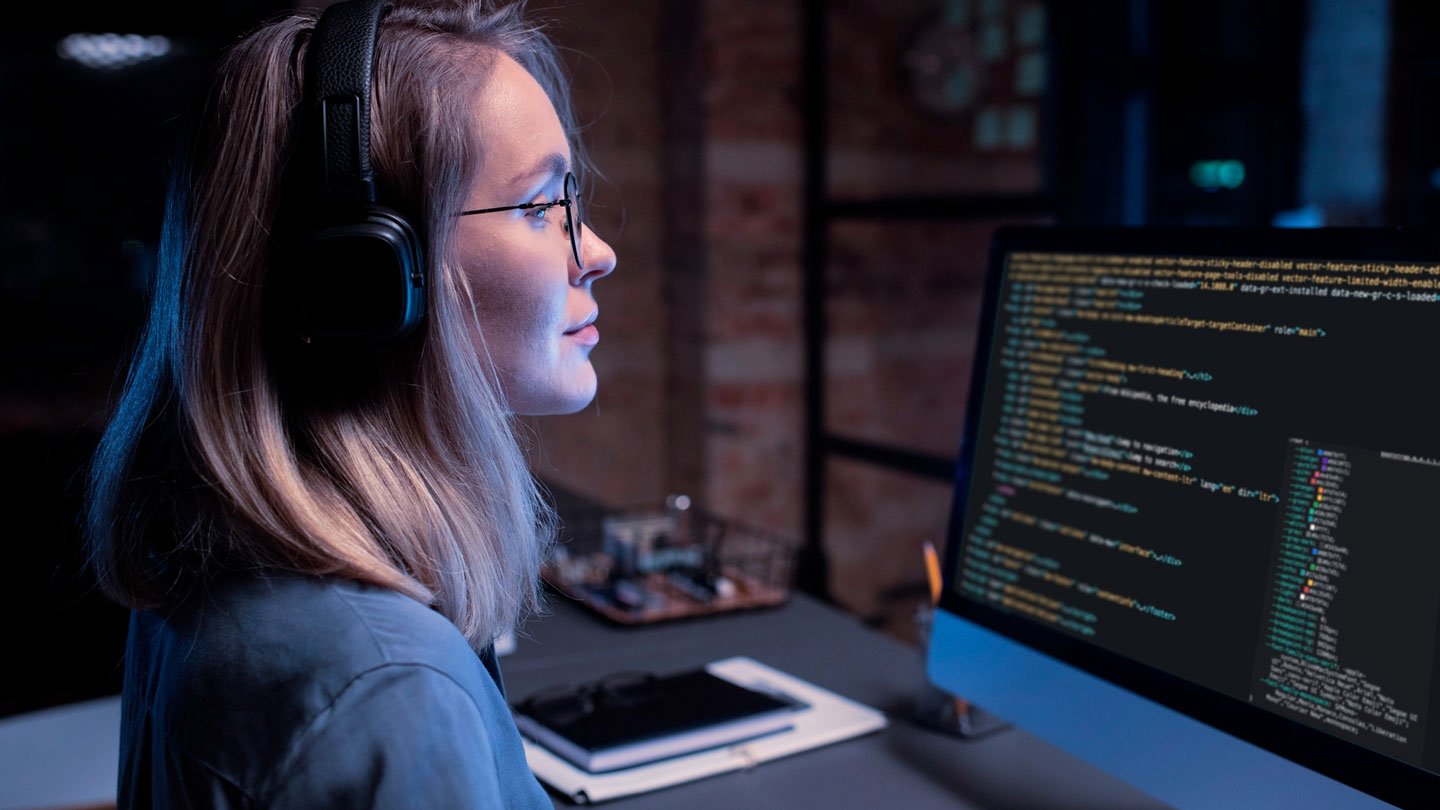As it relates to site design and corporate identity, color is crucial. Knowing how different colors affect people psychologically is essential for good design decisions. This article delves into how color theory affects web design and branding. The meanings of colors, how they clash and combine, and their role in corporate identity will all be discussed.
By the time you conclude this essay, you will have a firm grasp of how to use color psychology to create eye-catching designs that captivate readers. Continue reading before you look for Columbus web design agency.
Color Theory
The scientific study of the mental, emotional, and behavioral effects of color is known as “color psychology.” It’s a rich resource for those working in branding and web design since it allows for producing aesthetic compositions with intentional affective goals.
To create designs that are striking, memorable, and successful, an understanding of color psychology is essential. There are distinct meanings and feelings associated with each hue. In contrast, using gold or silver on a luxury goods e-commerce site may give an air of affluence and exclusivity.
The Meaning of Colors
Colors have their special meanings and connotations. Blue, for instance, connotes dependability, tranquility, and trustworthiness, whereas red relates to enthusiasm, excitement, and danger. Green symbolizes vitality, health, and nature, whereas yellow symbolizes happiness and hope.
Designers need to know how these linkages may change based on culture or situation. The meanings attached to different colors may express messages or set specific moods. For instance, a website devoted to selling environmentally responsible goods may use green to convey a message of responsibility to the planet.
Contrast of Colors
The contrast between the two colors describes how different they are from one another. The opposite of low contrast is high contrast, which may be comforting and relaxing. A website’s readability and aesthetic appeal may be improved by using difference.
It’s more straightforward for the eyes to read white writing on a black backdrop than yellow text on a green background because of the great contrast created by the two colors. Careful consideration of comparison is essential for designers who don’t want to overwhelm users or make unreadable designs.
Mixing Colors
The vibe of a website may be altered by carefully selecting the suitable color scheme. Colors that are opposite one another on the color wheel complement one another, creating visual balance and harmony. A feeling of peace and compensation may be achieved by using colors next to one another on the color wheel.
Designers may employ color schemes to convey a message or set the tone for a product. Brown and orange, for instance, might get a feeling of warmth and sincerity on a website offering handcrafted goods.
Logos and Color Schemes
The use of color greatly aids branding. Consistency in color use may boost consumer recall and elicit sentiment. Choosing appropriate hues is crucial when developing a brand’s visual identity. For instance, the banking sector and the technology industry often use blue since it is associated with stability, dependability, and new ideas.
Because it stimulates hunger and excitement, red is often employed in the food sector. The logo and the website should utilize the same palette for optimum brand identification and effectiveness.
Users’ Perceptions of Color
The user’s experience on a website may also be affected by the colors used. The user experience might be negatively affected by poorly selected colors while positively affected by well-chosen ones. For instance, if you use a lot of vivid, contrasting colors, it might be overpowering. However, a lack of variation in the color palette might be dull and uninspiring.
Designers must find a happy medium between making a visually appealing product and being true to the brand’s intended tone and message. Users with color blindness or other visual impairments may have trouble reading or navigating a website. Therefore, it’s essential to make sure the site is accessible to them.
Conclusion
Finally, the importance of color psychology in site design and branding must be considered. Designers, like Columbus web design agency, may more successfully elicit the intended reaction from an audience by considering the feelings and actions associated with specific hues.
Designers may convey the brand’s values and personality via their work by strategically using color associations, contrast, and combinations.

